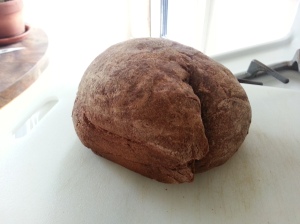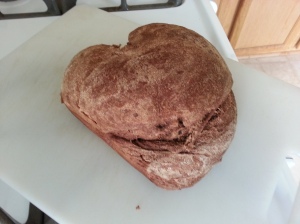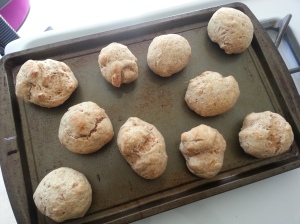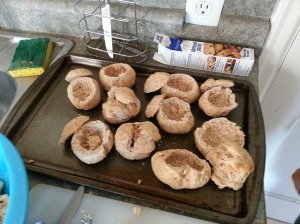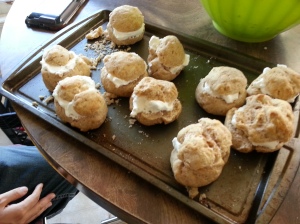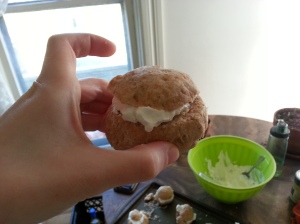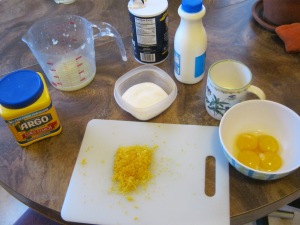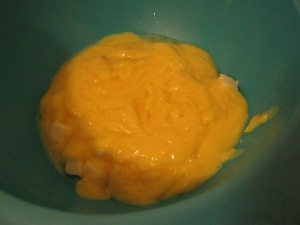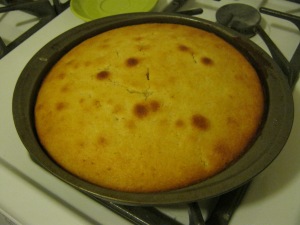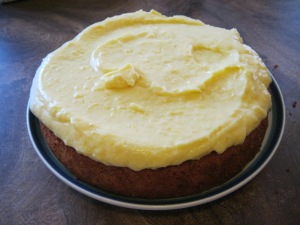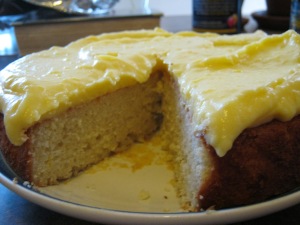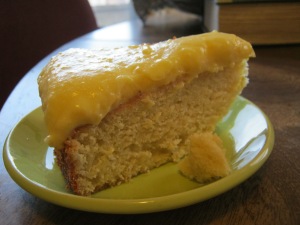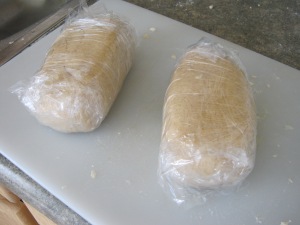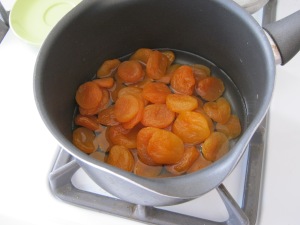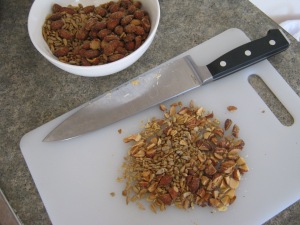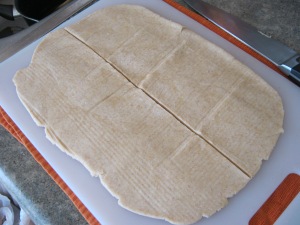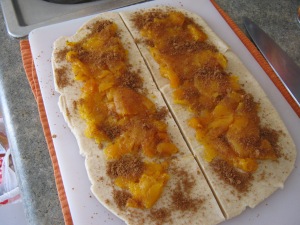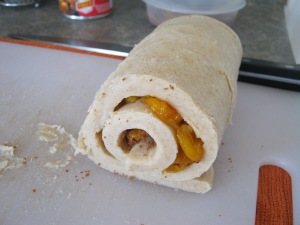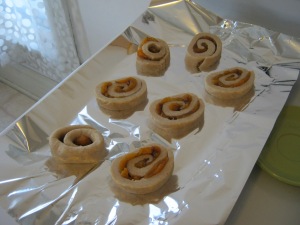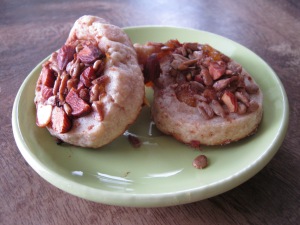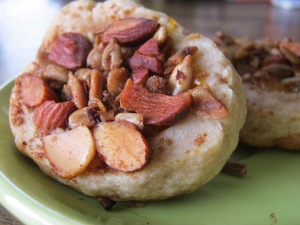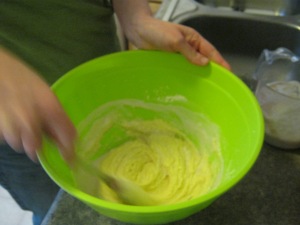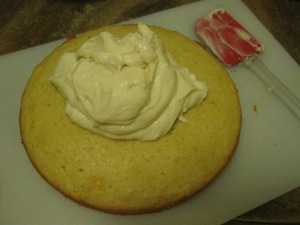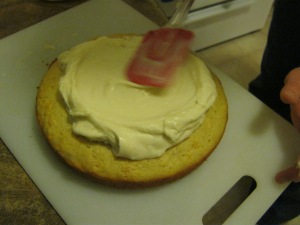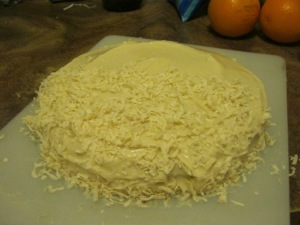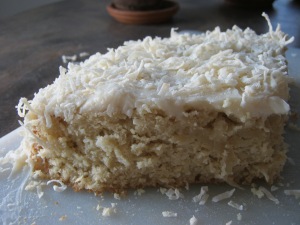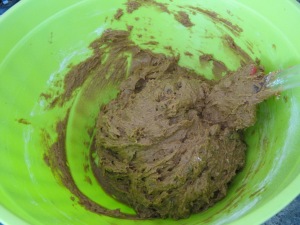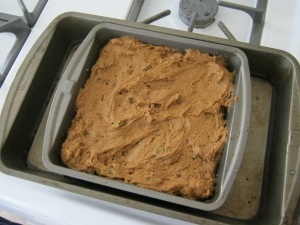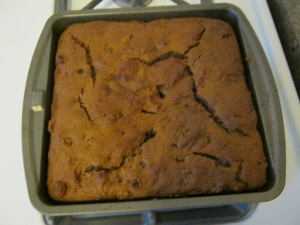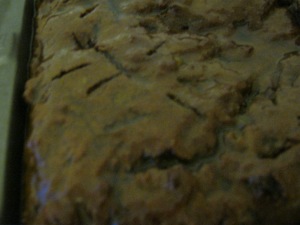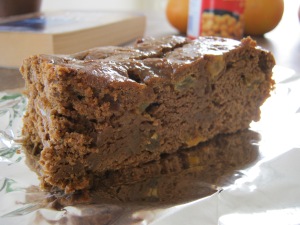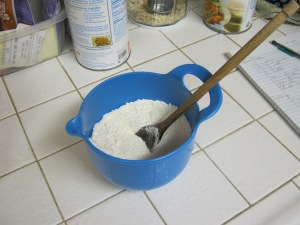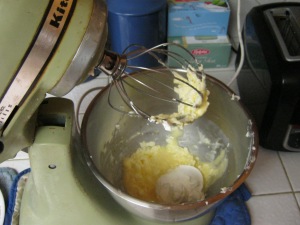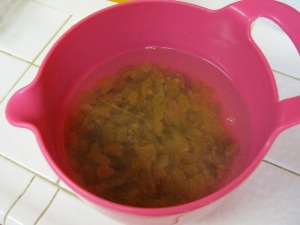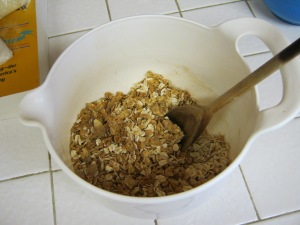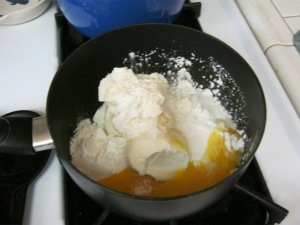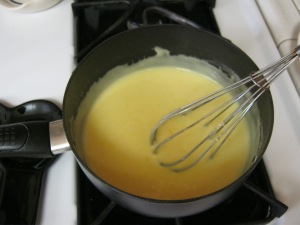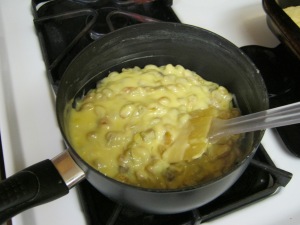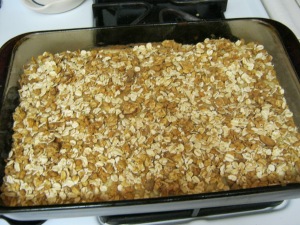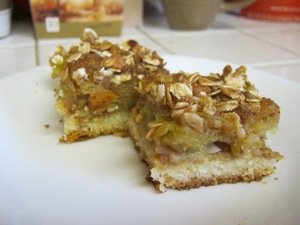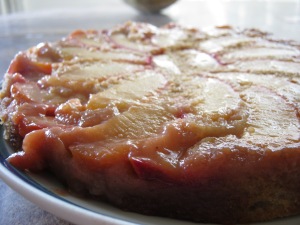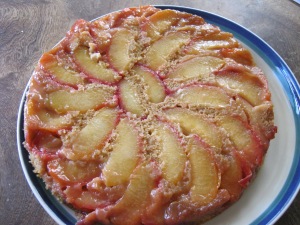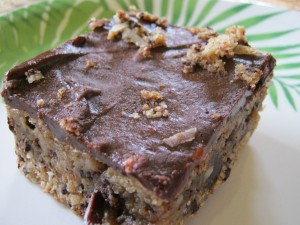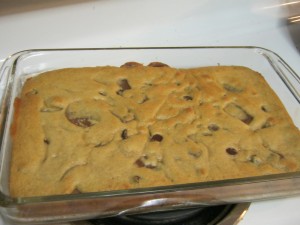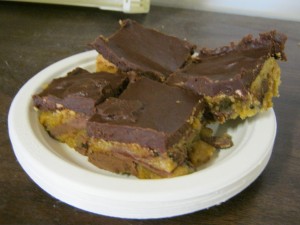I tried this out over the long weekend. It’s delicious and has a tender texture (which is a problem I’ve had in the past with whole grain breads). The flavor is robust, so you’ll want to pair it with a topping that can hold up to it. No strawberries and cream here. So far I’ve tried it with sharp cheddar cheese and peanut butter, both to great success. I think it would make a fantastic Reuben.
The recipe is adapted from Allrecipes.
- 1 1/2 cups water
- 2 tablespoons molasses (Original recipe calls for corn syrup. I highly recommend the flavor of the molasses.)
- 2 teaspoons (1 packet) baking yeast
- 1 cup rye flour
- 2 1/2 cups bread flour (I used whole wheat.)
- 2 tablespoons cider vinegar
- 1 teaspoon salt
- 1 tablespoon brown sugar
- 3 tablespoons unsweetened cocoa powder
- 1 teaspoon instant coffee
- 2 tablespoons butter
- 1 tablespoon caraway seed and 1/4 teaspoon fennel seed (I left these out. Depends on whether you like the flavor of caraway and fennel.)
Warm 1/2 cup of the water to about the temperature of a bath. Add the yeast and molasses and set aside.
Mix all the other ingredients except the butter together in a bowl. Just stir ’em together.
Check that the yeast molasses mixture is bubbly. Mix it into the dough. Move the dough from the bowl to a cutting board and knead until you get bored of kneading it. (The Allrecipes recipe called for 10 minutes kneading. Not going to happen.)
Soften the butter (carefully!) in the microwave and knead it into the dough. Knead for a few more minutes. Then move the dough to a fresh, greased bowl, cover with a towel, and set in a warm place for about an hour.
The dough should have expanded in volume. Punch it down, roll it into a ball, and put it in a greased loaf pan. Let it rise for another half hour.
Bake at 400ºF for about 25 minutes. When done, the underside of the bread should sound hollow when you tap it.

